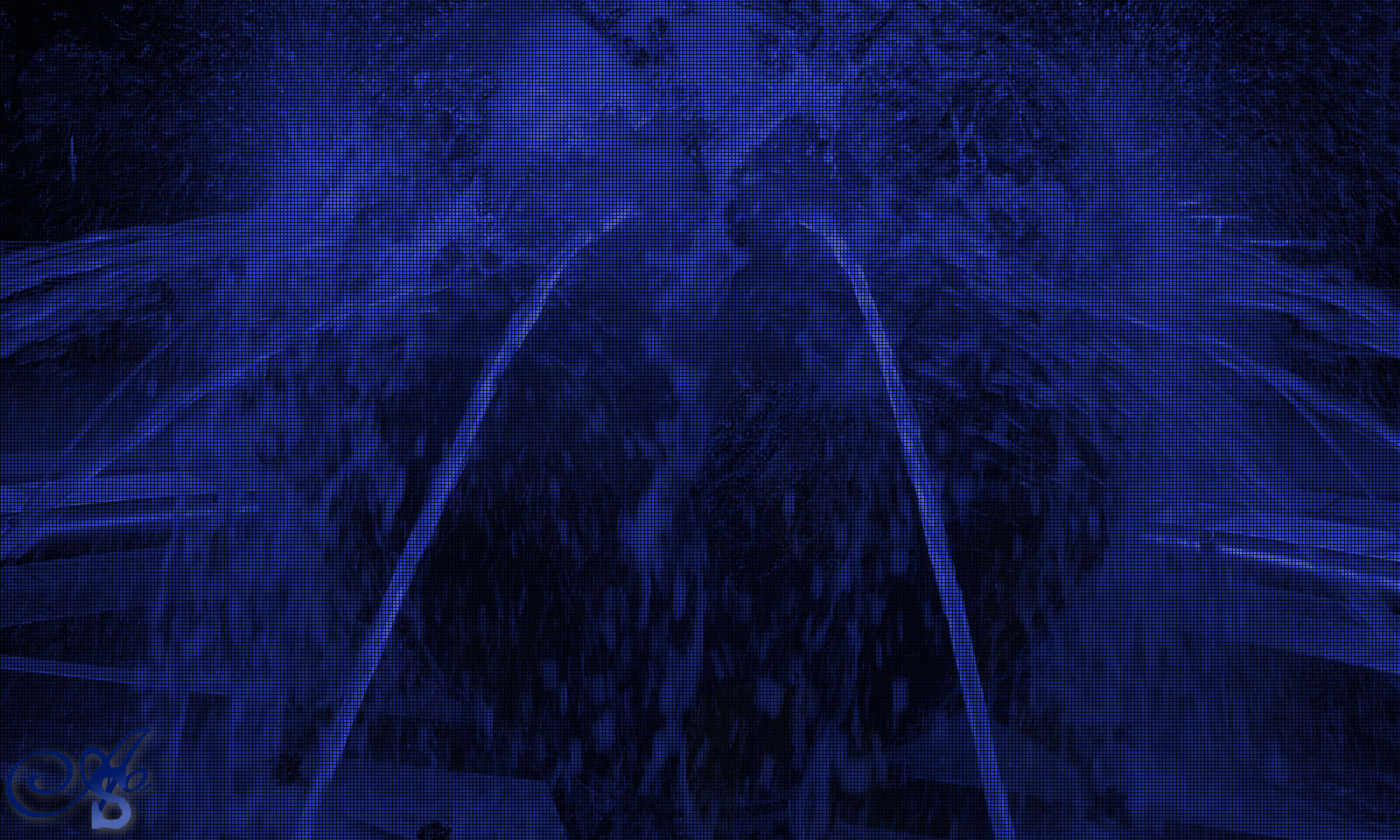Many avid water warfare enthusiasts proclaim “We want high performance water blasters!” Those familiar with the Super Soaker CPS Series will often point back to the water blaster models released between 1996-2002 and declare those are the blasters to serve as golden standards and preferably to beat!
However, taking a step back, what do we define as a high performance water blaster? Sure, attributes like styling, build, ergonomics, and durability are important, but they are not measures of performance (or are they?) For sake of argument, this current discussion will focus on water stream generation performance. However, even limiting the discussion to this still leaves plenty of room for a lot of complexity. Perhaps in some future article, we can view water blasters more holistically.
The Stream Performance Challenge .:
When you think the “stream performance” of a water blaster, what attributes come to mind?
Many will think of things like size (thickness) of the stream, the stream’s range, the duration the stream lasts, and even the cohesiveness of the stream. Exploring further, how much of the stream reaches 90% of its maximum range versus 50% of its maximum range is also important – would you want a water blaster creating streams wherein only for 1% of the water it blasted out reached maximum range while 90% only made it half of that distance? That may be a fun, novelty feature, but for those seeking performance, they typically want the high majority (>80%) of the water in a stream to be able to reach near maximum achievable range.
But this is only looking at stream output. Shouldn’t high performance water blasters also be measured on how quickly they can be primed for optimal stream generation? A water blaster that can blast a 30oz/sec. stream 60′ sounds great, but if each blast took 10 minutes of pumping to achieve and lasted only half a second, would this water blaster qualify as being a high performer?
Recent discussions have got me thinking that to better compare water blasters, we should look not just at stream output performance, but at the entire stream generation process such that fairer comparisons can be made across water blasters of all types.
Current, Unfair Statistical Advantages .:
While I endeavor to have statistics presented on iSoaker.com to be as objective as possible (even most of the iSoaker.com Rating Scales are based on measured attribute buckets), some of the numbers are more open for mis-interpretation.
For example, iSoaker.com reports output as the amount of water unleashed by a water blaster’s nozzle per second. As some note, this may be considered as “initial” or “instantaneous” output in that I typically only measure the beginning 0.5-1second worth of the stream (obviously less if the stream duration is short). These output measurements, while relatively accurate, do not inform the reader how long a stream can actually be produced for nor does it account for changes in output levels for longer lasting streams. The idea of doing an average total output by letting some water blasters continually blast until they run out of pressure is do-able, but that statistic would also be misleading as many users will not continually blast that long without attempting to re-pressurize their water blaster.
Another statistic that also has imperfections on how it is reported is range. Range measurements at iSoaker.com are NOT where the last possible droplet of water was found to hit, but based on where the majority of water appeared to go. Unfortunately, for streams, this is somewhat subject (how does one define majority? >50% >80% >90%?) and for more spread spray patterns, the subjectivity gets even worse.
Thoughts on How to Define Stream Performance .:
First, how should a water blaster’s stream performance be evaluated?
Presently, I feel I need to try doing a few more different types of measurements before I decide which additional stats may be more meaningful. Below are some of the options I plan to test sometime this summer:
- “Full-Cycle” Output: I’m still trying to come up with a better name, but the idea here is to present a statistic for the overall average output (amount of water produced per second) when taking time-to-pump into consideration. This, of course, introduces more questions. For pump-action water blasters, this will be simpler to measure since I can just measure total volume pushed out when completing a certain number of pump cycles while timing it, then dividing the volume of water collected by time recorded. However, for pressurized water blasters, to be fair, I should really begin timing from the fully depressurized state, then measure volume pushed while continuing to pump in order to maintain optimal pressure (if possible). However, for pressurized blasters whose pump cannot maintain full pressure, I suppose I’d just keep the timer running as the blaster is re-pressurized and blasted again.
- Blast Pattern: optimally, I’d like to be able to report how much water goes where with a typical burst from a water blaster’s nozzle. Ideally, this would involve being able to provide a top-view of where water goes per blast with percentages provided for differing parts. More realistically, I’d want to see if I can even determine the final landing spray pattern and provide some coarse estimation of how much water went to various points in the pattern.
- “Time-to-Empty”: this may be considered as a simpler/alternate way of determine overall “full cycle” output. In short, this would be a measure of how long it would take to go from a fully filled, unpressurized water blaster to an empty one. By knowing how much water is inside a fully-filled water blaster, calculating overall “full cycle” output would be a simple matter of dividing the filled volume by the “Time-to-Empty” value. The two main challenges with doing this measurement is the determination of what the filled volume is as well as maintaining a constant, fast rate of pumping and blasting when attempting to empty the water blaster
Conclusions for Now ::
In the end, I think more thought and experiments on types of measurement can/should be done are needed before making any longer-term commitments. Ultimately, to me, water blaster stream performance is something we have a general, subjective understanding of, but have a much more difficult time trying to quantify and describe it well. I am also looking to see whether my feeling that pressurized water blasters perform better than pump-action water blasters is something I can also quantify or whether this feeling is purely psychological and not based in any real fact.

